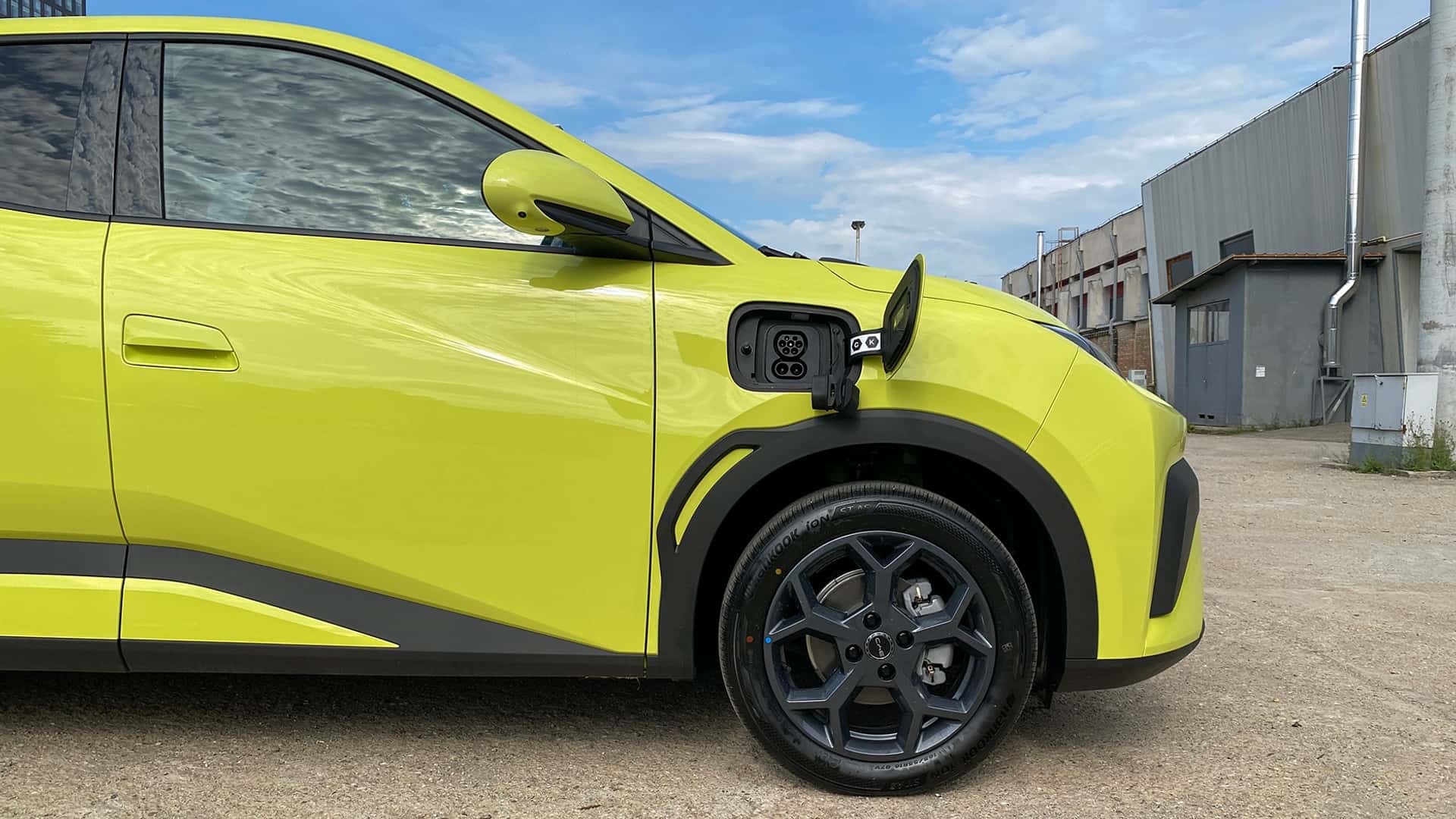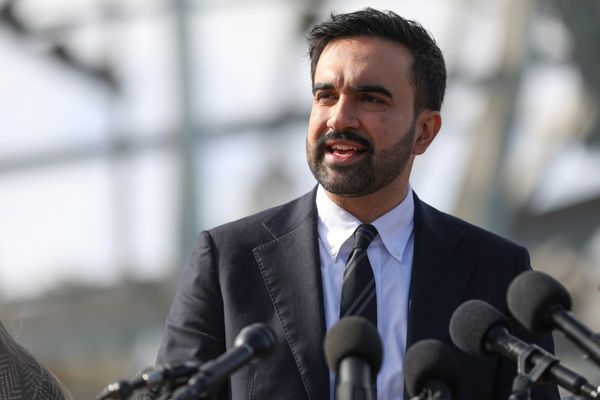
- EVs hit 76% of Nepal's new car market as it taxes gas cars out of the market.
- EVs start taking over in Ethiopia after it became the world's first country to ban the import of ICE cars.
- China's cheap, plentiful EVs fuel fast EV adoption in many 'developing' nations.
Norway, which is one of the world’s richest countries per capita, has the highest electric-vehicle adoption rate in the world. It's also a country that ranks very highly in terms of per capita income. But those two factors alone don't tell the whole story about why a country might flock to EVs.
Nearly 90% of new cars bought in Norway in 2024 were electric, but do you know who came next? No, it’s not another rich European nation. It was followed by Singapore, Ethiopia and then Nepal, according to data provided by Bloomberg.
Singapore’s pivot to electric vehicles is well documented and not surprising, given its high average income, combined with government incentives and an ever-increasing charging network that makes it easy to own and top up an EV. (There's also the fact that the Atlanta-sized city-state is pretty perfect for shorter-distance driving.)
But you wouldn’t think Ethiopia and Nepal would be EV adoption leaders. The latter recorded a share of 76% of all new passenger vehicles, and almost half of all commercial vehicles purchased were electric. Nepal’s EV market was basically nonexistent five years ago, according to The New York Times.
After importing oil from India became tricky after its southern neighbor imposed a blockade in 2015, the Nepalese government was forced to shift its focus to expanding the country’s hydroelectric generation capability to keep up with its growing power demands. It also imposed much higher import duties on combustion cars and reduced them for electric models, making EVs cheaper to buy in many cases than their ICE equivalent.

This came alongside a considerable expansion of the country’s EV charging network, both in the country’s capital and largest city, Kathmandu, as well as along busy roads. The country also started encouraging third parties to build EV chargers and even gave preferential electricity rates for EV charging, making it far cheaper than refueling an ICE vehicle.
Even though the history of Nepal’s relationship with China is checkered, the tiny mountain nation is now taking full advantage of its proximity to the world’s largest manufacturer of electric vehicles, EV batteries and chargers. The vast majority of Nepal’s citizens don’t own a car—most get around on two wheels, another vehicle segment that's seeing electrification—but there’s a very high chance that their first will be an EV.
In Nepal, taxis, police, and some government services are going electric. China even offered to give Nepal 100 electric buses for free to help clean the rather polluted atmosphere in Kathmandu, where combustion-powered mopeds, motorbikes, cars and vans still dominate the landscape. For now, at least.
Ethiopia also deserves a mention in this context. In 2024, it was the world’s first country to enforce an outright ban on the import of combustion engine vehicles. Just two years in, this has had a profound effect on its pool of 1.3 million vehicles. Now, around 8.3%, roughly 100,000 vehicles, are pure electric, which puts it far ahead of any other African nation, at least according to the official figures from its government.
The plan is to have 500,000 EVs on its roads by 2030, and it seems well on its way to achieving it. A total ban on the sale of combustion cars is what the U.S. and the European Union were planning to enforce come 2035, but now that doesn’t seem like it’s going to happen anymore, at least not as quickly as initially announced.
Even if EV adoption rates for both are going up, there’s also a growing movement against offering incentives for the manufacturing and purchase of EVs.
But the rest of the world needs to take notice of one key concept here: China is the world’s biggest promoter and producer of electric vehicles. And it’s where the vast majority of the EVs sold in places like Nepal and Ethiopia are coming from.
It all seems heavily dependent on China and its EV industry, which are being shunned by the West and are also facing an internal crisis caused by the aggressive price wars that local manufacturers have been fighting for the last few years.
Another example of rapid EV adoption growth is Vietnam, where EVs from local brand VinFast accounted for 30% of the entire new car market in the first half of 2025, according to one industry analyst who posted on LinkedIn. That’s 67,569 EVs delivered in six months in a country that had fewer than a few hundred EVs registered in 2018. Vietnam has exempted EVs from having to pay a registration fee, and other taxes are also lower for EVs specifically to spur adoption.
At the end of the day, buyers will choose EVs over gas cars if it makes financial sense to them. If an EV is more expensive than a gas car, they will naturally prefer the latter. You can incentivize the purchase of EVs while taxing ICE vehicles extra to such an extent that going electric ends up being cheaper, like they’re doing in Nepal.
This was also the case in the European Union, where some nations offered EV incentives of up to €10,000. That used to be the case here in Romania, too, but now that has been cut in half, and it will likely be abolished altogether soon. There’s a similar trend across the EU to cut or stop a wide range of EV incentives and tax breaks, just as these vehicles were starting to win favor with buyers. It’s already showing in many countries’ falling adoption rates.
All of this means that many ‘developing’ countries will surpass the ‘developed’ West in EVs per capita way before their statistical prosperity comes anywhere near matching the West’s, with the help of China, which is more than happy to open new markets where it can sell its plentiful and very keenly priced EVs.








